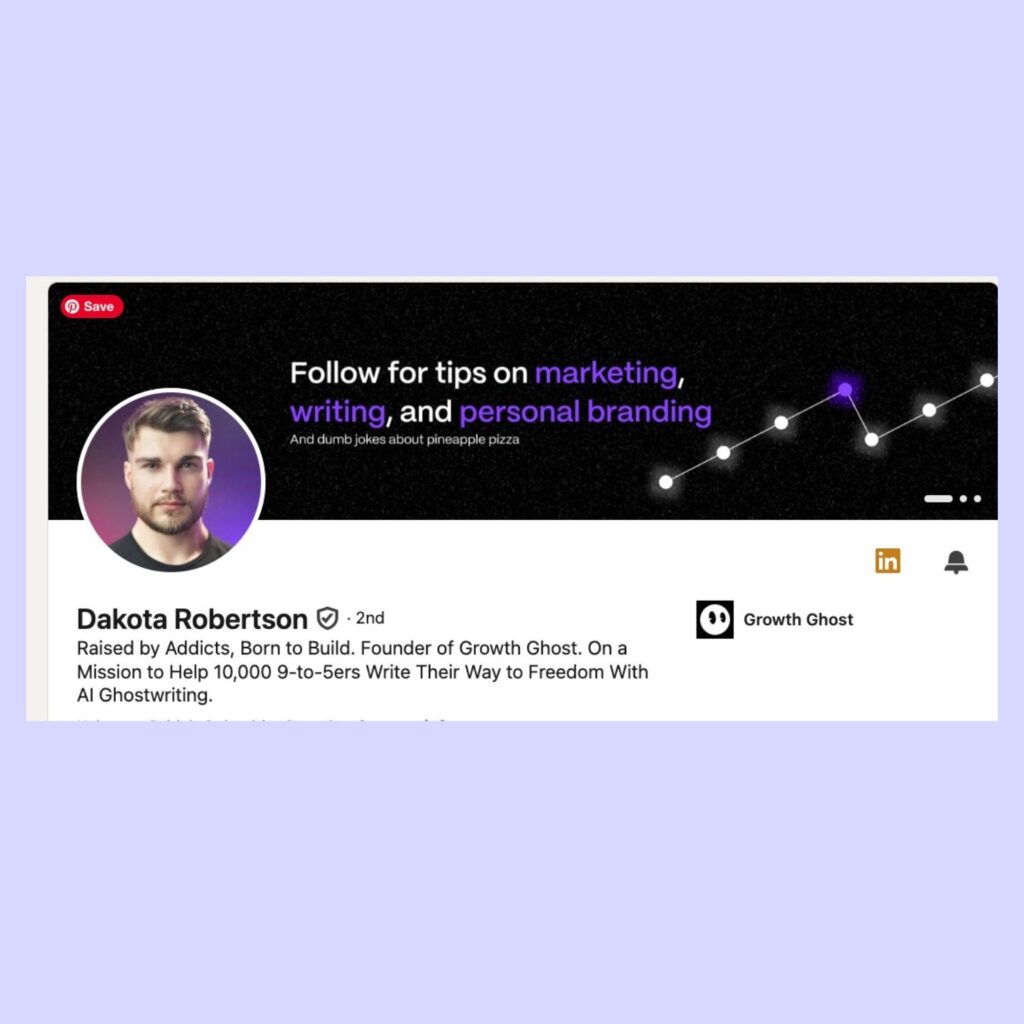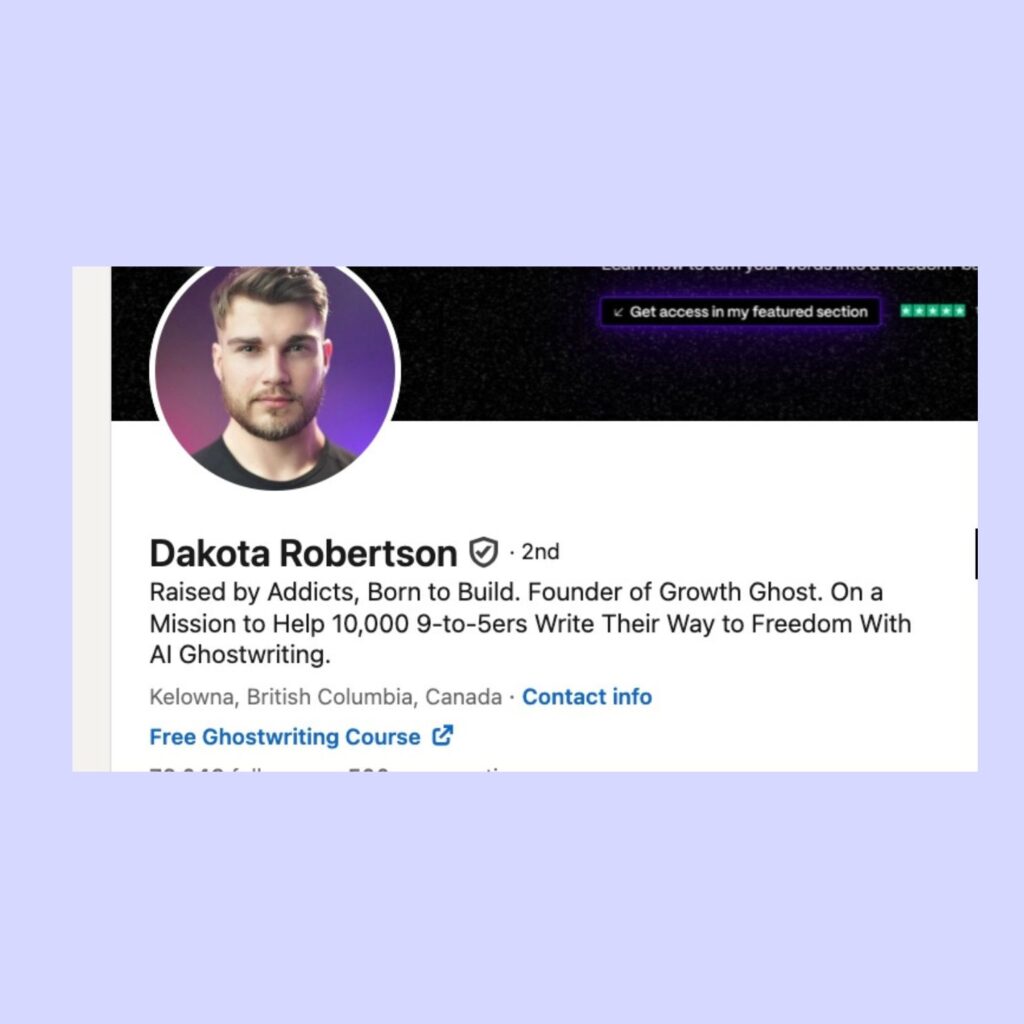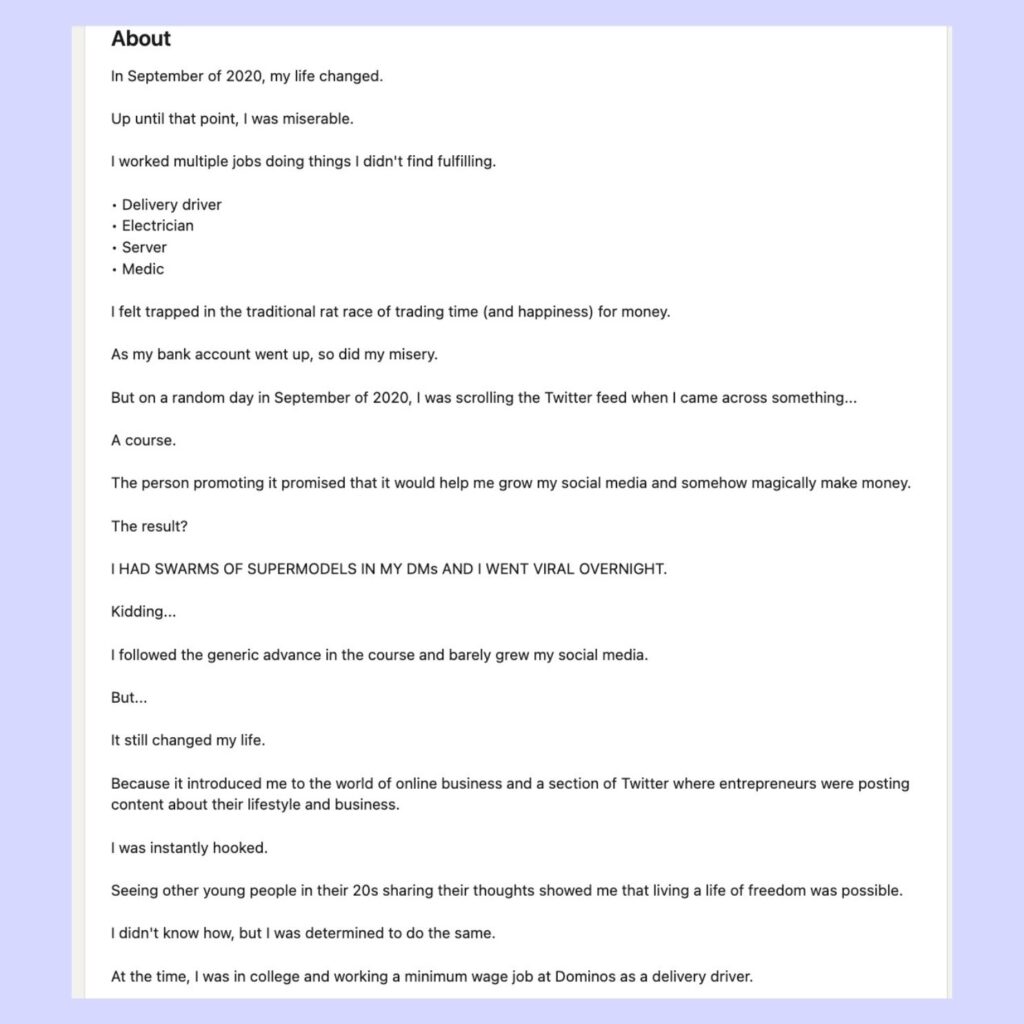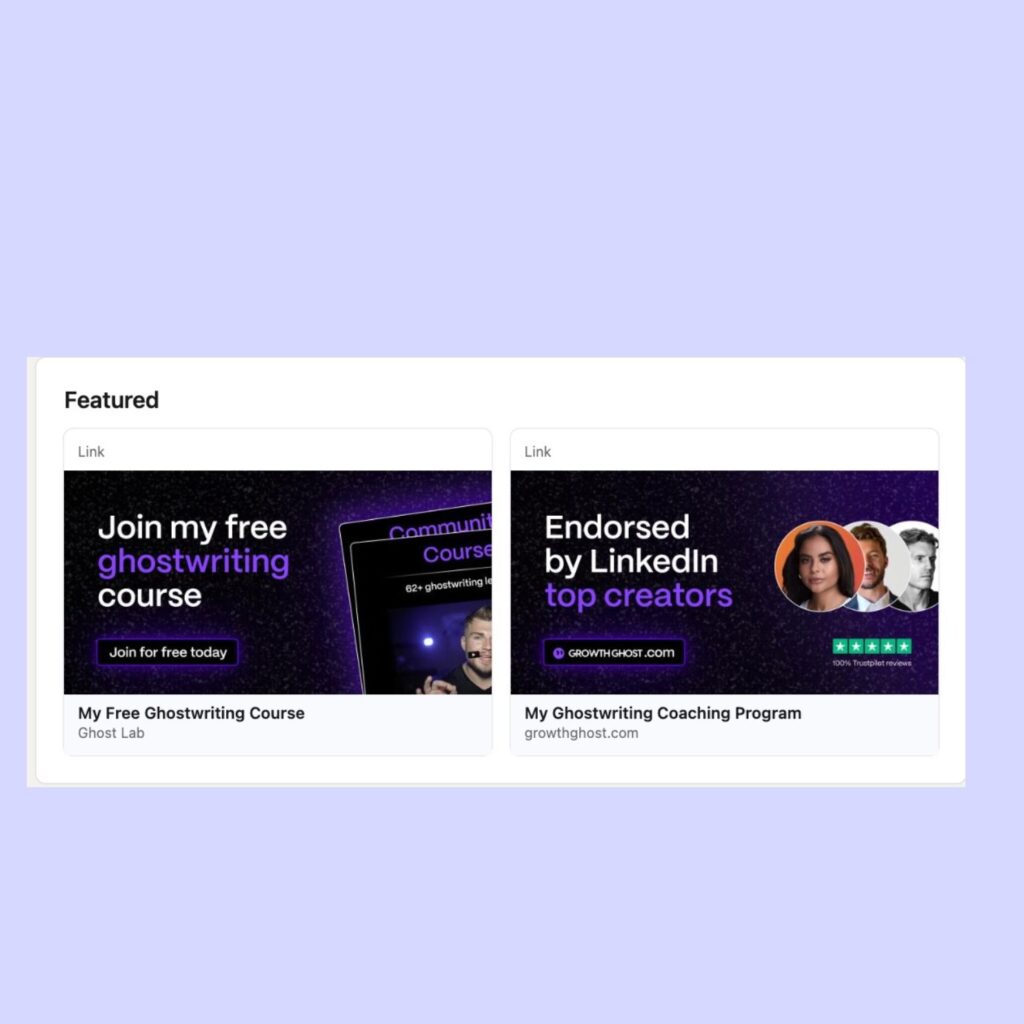
For a long time, I’ve been a big fan of LinkedIn, and for good reason.
It was the platform that launched my freelancing business and brought me every client I needed to thrive.
While other social platforms are often focused on entertainment or casual networking, LinkedIn is a goldmine for anyone serious about building a career or business online.
In my early freelancing days, I didn’t have a fancy website, a huge following, or paid ads running, but I had LinkedIn. And it worked.
LinkedIn has a unique power that connects you directly with decision-makers, professionals, and clients already in a business mindset.
It’s more than just a digital résumé. It’s a platform where visibility, value, and consistency can translate into income.
In this post, I’ll show you exactly how to use LinkedIn to make money either as a freelancer, coach, consultant, or creative. If used right, LinkedIn can turn you into a money-making machine.
RELATED POSTS:
How to Make Money Online as a Writer (Even if you are a beginner)
15 High-Paying AI Side Hustles You Can Start Today
Why LinkedIn is a Powerful Platform for Making Money
If you’re serious about making money online, LinkedIn is a platform you can’t afford to ignore.
Unlike other social media platforms where the focus is often on entertainment or casual connection, LinkedIn is intentionally built for professional networking and business growth.
People aren’t just scrolling for fun here; they’re looking for solutions, insights, partnerships, and opportunities. Here are 5 reasons that make LinkedIn a powerful platform for making money.
1. Professional Audience = Business Mindset
The first big advantage is that everyone on LinkedIn is already in a business or career-focused mindset.
Whether they’re entrepreneurs, executives, HR reps, or team leads, they’re there to grow, either their brand, their team, or their bottom line.
This makes it one of the few platforms where pitching your services, sharing business content, and showcasing results doesn’t feel out of place; rather, it’s expected.
2. High Trust and Credibility
LinkedIn content tends to carry more weight than posts on other platforms. Why?
Because people associate LinkedIn with professional integrity.
Your profile acts like a living portfolio, and when you show up with value, it naturally builds trust.
If someone sees your content, checks your profile, and sees testimonials or a clear track record, they’re more likely to see you as credible, even before a conversation begins.
3. Organic Reach is Still Strong
While reach has declined on some platforms unless you “pay to play,” LinkedIn still offers excellent organic visibility if you post consistently and strategically.
With the right mix of storytelling, expertise, and authenticity, you can build an engaged audience without spending a dime on ads.
The algorithm favors helpful, human content, and you don’t need thousands of followers to get meaningful traction.
4. Direct Access to Decision-Makers and Clients
One of the biggest money-making perks is that LinkedIn gives you direct access to the people who can hire you or buy from you.
You don’t have to go through gatekeepers.
A well-crafted message, thoughtful comment, or engaging post can get you on the radar of CEOs, managers, business owners, or clients who are actively looking for what you offer.
5. Builds Your Personal Brand and Business Opportunities
Every post you make, every conversation you have, and every piece of content you publish all add up to your personal brand.
Over time, people begin to recognize your name, associate you with a specific skill or service, and reach out for collaborations, interviews, client work, and more.
LinkedIn isn’t just a place to find clients. It’s also a place to build long-term influence and attract the kinds of opportunities that grow your income and your impact.
How to Optimize Your LinkedIn Profile for Sales & Opportunities
Your LinkedIn profile is your digital storefront. When someone lands on it, you have just a few seconds to communicate who you help, what you offer, and why they should trust you.
To set up your profile strategically, here are the steps to do that.
A. Profile Picture and Banner

Your profile picture and banner are your first impression, so you need to make them count.
Profile Picture: For your profile picture, you need to use a high-quality, well-lit headshot where you’re smiling or appear approachable. No selfies. No casual outfits.
For Example, if you’re a freelance copywriter, dress smart-casual and pose with confidence. Think: professional but friendly.
Banner Image: Many people make the mistake of leaving their banner blank. You shouldn’t make this mistake as well. Do not leave it bank. Use this space to visually communicate what you do.
Example: A business coach might use a banner that says:
“Helping service-based entrepreneurs scale to 6 figures | DM me to get started”
Include branding elements like your website or social handle if possible.
Pro Tip: Use Canva to design a free LinkedIn banner with your brand colors and messaging.
B. Headline

Your headline is the single most important line on your profile that shows up in searches and everywhere your name appears.
Many people make the mistake of using headlines like this: “Freelancer | Virtual Assistant | Designer”
Your headline should communicate what you do and who you help. Example: “Helping coaches and course creators stay productive by managing their back-end operations (DM to work together)”
Another example: “I help small business owners write high-converting copy that brings in more sales (Available for new projects)”
Pro Tip: Think about the transformation you create for clients, not just your job title.
C. About Section

Your about section, which is also like a brief summary of you, is where you build connection and trust. You need to write in the first persona nd treat it like a mini sales page.
Example structure:
- Start with a hook: “A few years ago, I had no clients and zero online presence. LinkedIn changed everything.”
- Share what you do: “Today, I help solopreneurs build strong personal brands on LinkedIn that attract clients—without ads or cold DMs.”
- Show proof: “I’ve worked with 50+ coaches and consultants, helping many of them land clients within weeks of optimizing their profiles.”
- Call to Action: “If you’re ready to grow your brand and income on LinkedIn, send me a message or book a free clarity call here [insert link].”
To make it resonate with people, you have to keep it authentic, results-driven, and personal.
D. Featured Section
This section is a portion of LinkedIn that lets you highlight key content and offers. So, don’t waste it.

Some Example items to include are:
- A link to your lead magnet or freebie (e.g., “Download my LinkedIn content calendar”)
- A carousel post that showcases client wins
- A link to your services or booking page
- A featured post that introduces who you are and what you do
This section turns profile viewers into engaged leads who explore what you offer.
E. Experience & Skills
Another section on LinkedIn that carries as much weight is your experience and skills section. Make people treat this section as a job history. However, it is way beyond that as it also serves as a sales opportunity.
So, instead of saying things like this: “Wrote blog posts and newsletters for clients”
Say this instead: “Helped a digital marketing agency increase email open rates by 42% through engaging weekly newsletters.”
Focus on outcomes and transformation. Even if you’re new, highlight what you’ve achieved or learned.
Pro Tip: Add relevant skills that support your services, like copywriting, lead generation, client communication, or project management.
9 Proven Ways to Make Money on LinkedIn
1. Freelancing via LinkedIn
One of the most straightforward and proven ways to make money on LinkedIn is through freelancing.
LinkedIn is filled with business owners, coaches, marketers, and startup founders who are constantly in need of skilled freelancers, but you need to position yourself the right way.
To position yourself, you can start by optimizing your profile using keywords your ideal clients are likely to search for.
Then, consistently post content that showcases your expertise, client wins, or behind-the-scenes work. This builds trust and puts your name in front of decision-makers.
LinkedIn also has built-in tools to help freelancers get discovered, like the “Open to Work” badge and the Services section, which lets you list what you offer.
When combined with intentional networking, like sending connection requests and personalized messages to potential clients, this approach can lead to consistent inquiries.
2. Sell Digital Products
Selling digital products is a powerful way to make money on LinkedIn, especially if you already have valuable knowledge or tools others can benefit from. Products like ebooks, templates, Notion pages, guides, or short online courses can sell so well.
To succeed with this approach, focus on creating products that solve specific problems your audience faces.
For example, a marketing strategist could create a lead magnet funnel template. A productivity coach might offer a daily planning system in Notion. These kinds of products are easy to deliver and scale.
You should also promote your digital offers through helpful LinkedIn posts that share quick wins, insights, or behind-the-scenes tips from your product. Instead of just selling, position your product as the natural next step for anyone who finds your content valuable.
You can also use your Featured and About sections to showcase the product and direct profile visitors straight to it. This method works well for creators in personal development, marketing, writing, and business-related niches.
3. LinkedIn Ghostwriting or Content Creation
A growing number of CEOs, coaches, consultants, and business owners want to show up consistently on LinkedIn, but most simply don’t have the time or skill to create engaging content.
That’s where LinkedIn ghostwriters and content creators come in.
If you have a knack for writing and understand what performs well on the platform, you can offer a service that helps busy professionals build their personal brand.
This might include writing their posts, planning content strategy, replying to comments, or even helping them grow their network through intentional engagement.
It’s a high-demand service because your clients understand that showing up on LinkedIn leads to business deals, brand growth, and new opportunities, but they’re often too busy to do it themselves.
You become the invisible hand behind their online presence.
This is especially valuable if you understand storytelling, social media trends, or have experience writing in a professional tone.
If you are interested in making as much as $10k/month as a ghost writer on LinkedIn, my mentor, Dakota, is the right person to hold you by the hand for this. He has helped several others like you move from the beginner phase to PRO ghostwriters earning as much as $10k/month.
Join his newsletter to learn more about ghostwriting.
4. Lead Generation for Others
LinkedIn isn’t just great for finding clients for yourself. You can also make money on LinkedIn by helping others find clients.
Many small businesses and solopreneurs struggle with lead generation on the platform. They know their ideal customers are there, but they don’t know how to reach them effectively or they simply don’t have time.
This is where you come in.
You can offer LinkedIn lead generation as a service. This might include identifying qualified leads, crafting personalized outreach messages, handling follow-ups, and even booking calls or appointments on your client’s behalf.
This skill is about helping businesses and solopreneurs connect with the right people, consistently and professionally.
For example, a business coach might hire you to reach out to HR professionals, or a web designer might need help finding e-commerce store owners.
You do the behind-the-scenes work to start meaningful conversations, while your client focuses on closing the deals.
It’s a valuable service, especially for service providers who know the value of LinkedIn but don’t have the bandwidth to use it well.
5. LinkedIn Profile Optimization Services
A polished LinkedIn profile is essential for anyone looking to stand out, whether they’re job seekers, freelancers, entrepreneurs, or business founders.
Many people struggle to present themselves in a way that truly highlights their skills and attracts opportunities.
If you have a talent for writing and design, offering LinkedIn profile optimization can be a lucrative service.
This includes crafting compelling headlines that grab attention, writing clear and persuasive summaries that tell their story, refining experience sections to focus on results, and even designing professional banner images that communicate their brand at a glance.
When you help clients build profiles that showcase their value, you’re not only boosting their confidence but also increasing their chances of landing jobs, clients, or partnerships.
6. Coaching or Consulting
If you have expertise in career growth, business development, or LinkedIn strategy, coaching or consulting can be a highly profitable way to make money on LinkedIn.
Many professionals are eager for personalized guidance to help them navigate their careers, grow their businesses, or build a strong LinkedIn presence, but they don’t know where to start.
To attract clients to your offer, focus on sharing value-driven content that showcases your knowledge and builds trust over time.
Share tips, success stories, and client testimonials that demonstrate how your coaching has made a difference.
Your LinkedIn posts and profile should include clear invitations to book discovery or strategy calls. These calls give potential clients a taste of what working with you would be like, making it easier for them to say yes.
7. Affiliate Marketing
Many people think affiliate marketing doesn’t work on LinkedIn.
The truth is that it does, but not the way you are used to.
Affiliate marketing on LinkedIn works best when you focus on building trust rather than hard selling.
Instead of directly pitching products, share useful insights, personal stories, or helpful tips that naturally lead your audience to your blog, newsletter, or product pages where you include affiliate links.
For example, if you’re passionate about productivity tools, you might write posts about how certain apps helped you stay organized, then invite readers to check out your detailed reviews or guides linked in your blog.
Your audience appreciates honest recommendations that genuinely solve problems.
To succeed with this, you have to position your affiliate links as valuable resources or solutions, not just sales pitches.
Gradually, this approach helps you grow a loyal following that trusts your judgment and is more likely to make purchases through your links.
8. Launch & Promote a Paid Newsletter
If you enjoy writing and sharing deep insights, launching a paid newsletter is a fantastic way to monetize your LinkedIn presence.
You can begin by consistently posting valuable content that resonates with your target audience. Content ideas like industry tips, personal stories, or expert advice tend to work well.
As you build trust and grow your network, invite your followers to subscribe to your newsletter for even more in-depth content, exclusive resources, or insider knowledge.
Platforms like Substack make it easy to set up a paid tier where subscribers get premium content delivered straight to their inbox.
LinkedIn acts as a funnel where your posts generate interest, your profile builds credibility, and your network becomes a ready-made audience eager to support your work by subscribing.
This model not only generates recurring income but also helps you deepen relationships with your most engaged followers.
9. Recruiting or Talent Sourcing Services
Many companies rely on LinkedIn to find the right talent, but often don’t have the time or expertise to search effectively.
Offering recruiting or talent sourcing services enables you to help businesses identify, connect with, and evaluate qualified candidates.
This service can include everything from crafting targeted searches and reaching out to potential candidates to managing communications and coordinating interviews.
Businesses often pay either a placement fee or a flat rate for your work, making this a profitable avenue.
10. Sell Your Expertise as a Service
If you have specialized skills in areas like LinkedIn Ads, organic growth strategies, B2B marketing, or employer branding, you can turn these into valuable services to offer on LinkedIn.
Many companies and startups want to leverage LinkedIn’s power but lack the know-how or time to do it effectively.
For example, if you’re skilled at running LinkedIn Ads, you can help a B2B software company create targeted ad campaigns that generate high-quality leads.
Or, if you excel at organic growth, you might work with a startup founder to build their LinkedIn presence by creating a content strategy that attracts and engages their ideal clients.
Employer branding is another hot area I know of. Imagine helping a growing company improve its LinkedIn careers page, design engaging posts that showcase their culture, and attract top talent. That’s a goldmine waiting for you.
When you package these skills into services, you offer solutions that save your clients time and deliver measurable results.
4 Common Mistakes to Avoid on LinkedIn
As someone who has created and consumed a lot of content on LinkedIn, here are some common mistakes I have seen most people make on LinkedIn.
Treating LinkedIn Like Instagram or Facebook
LinkedIn is a professional network, so the content that works on Instagram or Facebook won’t always work here.
People come to LinkedIn to learn, network, and find business opportunities, not just to scroll through casual or personal updates.
Posting irrelevant or overly casual content can make you seem unprofessional or out of touch with the platform’s purpose.
Posting Only Salesy Content Without Building Value First
Jumping straight into sales pitches without offering value is a quick way to lose your audience’s interest.
LinkedIn users want to see helpful tips, insights, or stories that build trust and show your expertise before they consider buying from you.
So, focus on educating and engaging your audience before asking for anything.
Ignoring DMs or Failing to Follow Up
Direct messages are often where real connections and deals happen on LinkedIn.
If you ignore messages or fail to follow up with potential clients or collaborators, you miss out on valuable opportunities.
Responding promptly and nurturing conversations can turn a casual connection into a paying client.
Having a Poorly Written or Outdated Profile
Your LinkedIn profile is your digital storefront. If it’s outdated, unclear, or doesn’t highlight your skills and value, people won’t be motivated to connect or do business with you.
Ensure your headline, summary, experience, and visuals are polished and reflect the best version of your professional self.
Now that you have got the right knowledge on how to make money on LinkedIn, which of the proven ways are you going for?


